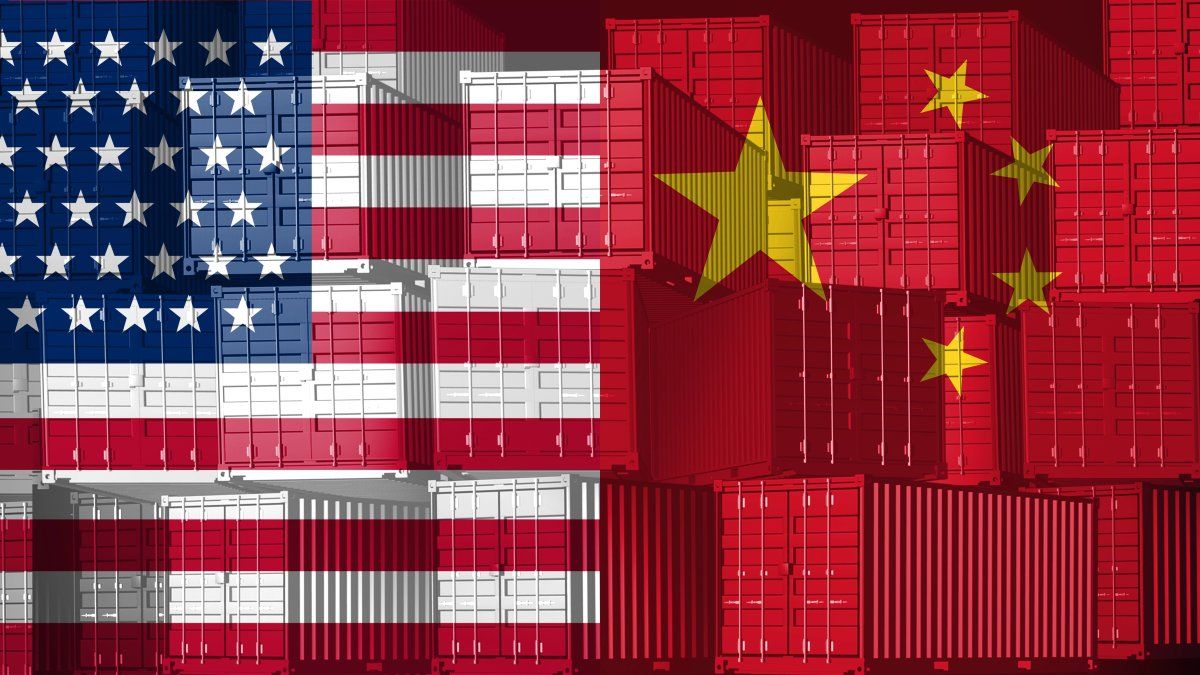China and USA This Tuesday they began a new chapter in their trade war with the simultaneous application of port tariffs. This is a decision that will not only directly impact maritime transport and the costs of trade between the two largest economies in the world, but also all international trade.
The Chinese Ministry of Transportation confirmed that it will apply a tax of $56 to US-owned, operated or flagged vesselsas well as those built in that country or with at least 25% North American capital that enter Chinese ports.
The measure is a direct retaliation against Washington, which also from this Tuesday will charge US$50 per net ton to Chinese vessels. But the escalation does not stop there: the US charge will increase $30 per ton each year until 2028.
Beijing warned that its surcharge would also will gradually grow to US$157 per ton in 2028in what its authorities described as a response “symmetrical and necessary” against the rates imposed by the Trump administration under Section 301, which investigates practices considered unfair in the Chinese maritime and shipping sectors.
Blow to logistics and markets
The impact is already felt. Planned arrivals at the port of Los Angeles fell 35% compared to the same period last yearwhile the main shipping companies listed in New York suffered falls of between 4% and 7% in recent days. Among them, ZIM, Danaos and Genco Shipping reflected the volatility of the sector.
Although the effect of Chinese tariffs on the US will be limited – given that North American exports to China represent barely a quarter of what it imports – analysts warn that The measure opens a new chapter in the trade war that will hit global markets and logistics chains..
According to the consultant’s calculations Alphalinerthe ten largest shipping companies in the world They will face up to US$3.2 billion in US rates during 2026with the Chinese state company cosco concentrating near US$1,530 million of that amount.
United States tariffs imports.jpg
Trump revived trade tensions with China a few days before the bilateral meeting with Xi Jinping.
Gemini AI
Trump seeks to “revitalize” the naval industry
The White House justified the levies as part of a strategy to boost the “renaissance of the American naval industry” and reduce what it considers “a dangerous dependence” of Chinese carriers.
However, Chinese analysts such as Zuo Qianhu maintain that Beijing’s response is “in legitimate defense” and seeks to build “a common front with American multinationals” dependent on bilateral logistics.
Others warn that Washington’s policy “may not be sustainable in the long term,” given that China’s maritime and shipbuilding industries “they will maintain their competitive advantage thanks to their efficiency and technological investment”.
Diplomatic tension on the rise
The trade escalation comes on top of other measures by Beijing, such as new restrictions on rare earths announced last week.. In response, Trump on Friday threatened an additional 100% tariff on Chinese goods.
The US president also stated that he saw no reason to meet with his counterpart Xi Jinping at the end of October at the APEC summit in South Korea. However, The Secretary of the Treasury, Scott Bessent, assured this Tuesday that both presidents maintain their meeting plans for this month.
Trump tried to tone it down on Sunday by saying in Truth Social who maintains “an excellent relationship” with Xi. “Don’t worry about China, everything will be fine! The respected President Xi just had a bad time. He doesn’t want a trade depression for his country, and neither do I. The United States wants to help China, not hurt it!” wrote the president.
Source: Ambito




